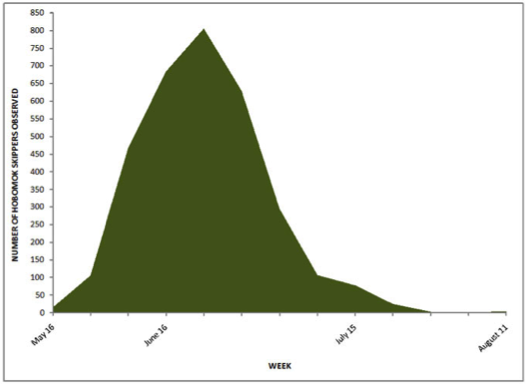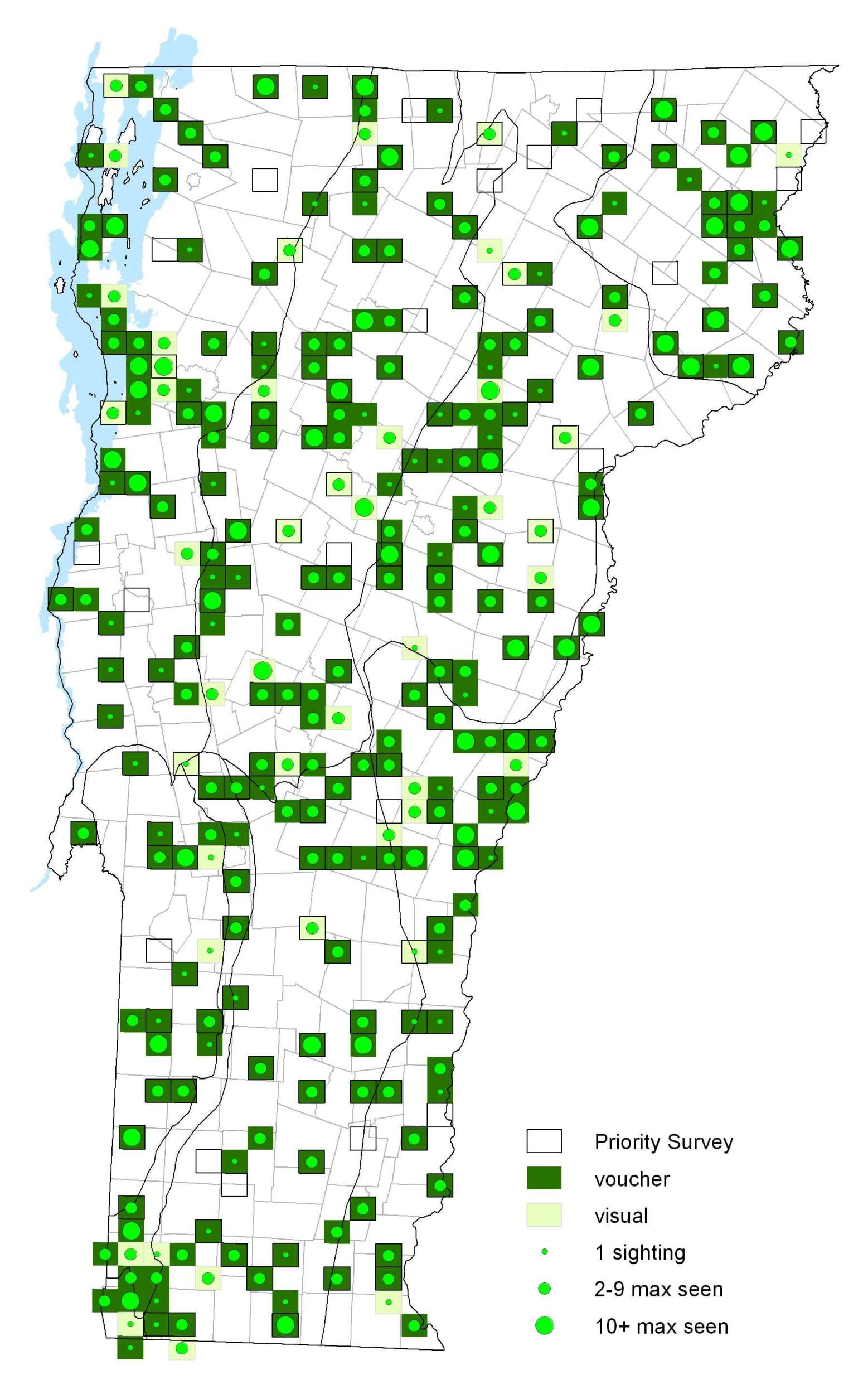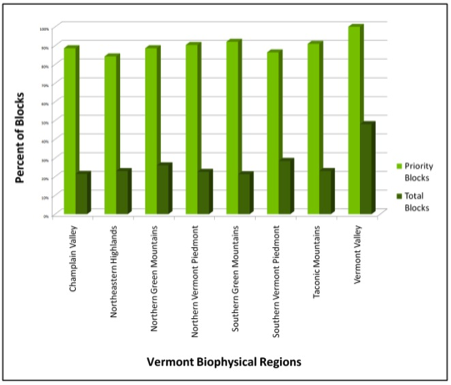|
Resident Conservation Status North American Range |
As with many skippers, there is also a dark brown female form called “Pocahontas”. To await receptive females, males perch about six feet high on vegetation in woodland clearings and edges. Females deposit eggs singly on or near the host grass leaves.
Identification
Wings are rounded. Upperside of male is yellow-orange with irregular black borders and no stigma; underside of hindwing has purple-gray on the inner margin. Female has two forms: Upperside of normal form is duller and has less orange than the male; underside of hindwing is orange with purple-gray at the inner margin. Upperside of “pocahontas” form is purple-black with some dull white spots on the forewing; underside is purple-black with the pattern obscured.
Flight
A long flight period beginning in May and lasting into late July during VBS. Extreme dates: 16 May 2004 in Springfield (B. Pfeiffer), 11 August 1968 in Brattleboro (M. Pullerton), and 11 August 2003 in Londonderry (A. Close).
Distribution and Habitat
The Hobomok Skipper was common and found throughout Vermont during VBS. They prefer woodland habitats and are often seen in clearings or openings and edges, especially in damp areas. Hostplants are various grasses including, panic grasses (Panicum) and bluegrasses (Poa). Adults nectar from many different flowers including milkweed (Asclepias), Red Clover (Trifolium pratense) and blackberry (Rubus).







